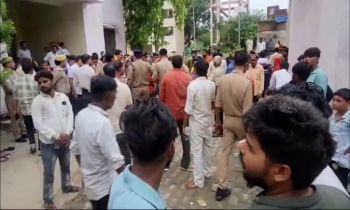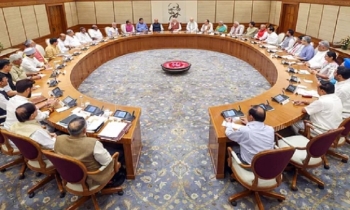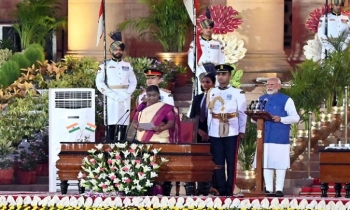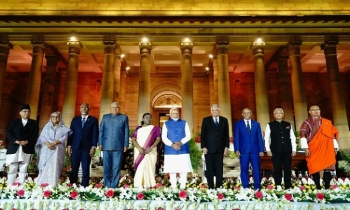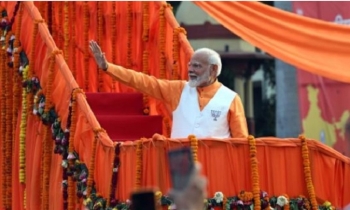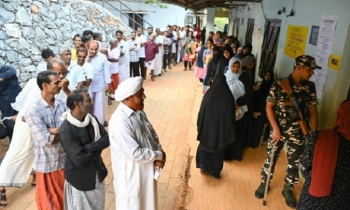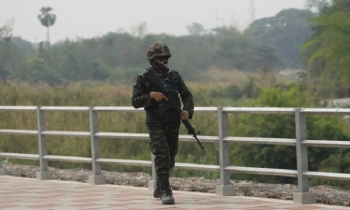How a Delhi district stopped the ground from sinking
BI Desk || BusinessInsider
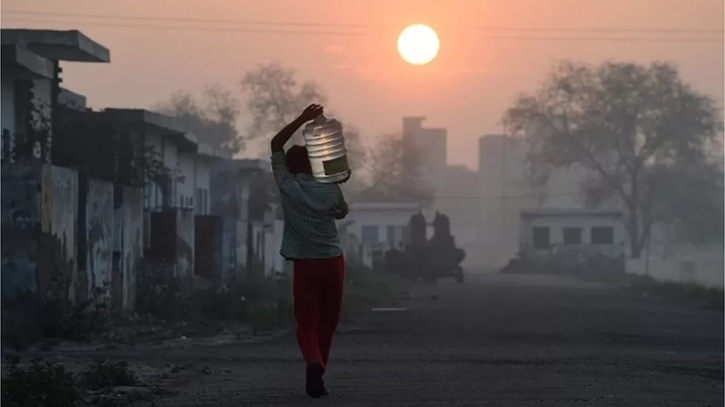
Photo: Collected
India’s Himalayan town of Joshimath has been in the news for sinking slowly into ground because of uncontrolled construction and indiscriminate extraction of groundwater. Experts fear several cities in the country could meet the same fate. However, a neighbourhood in the capital Delhi reduced its reliance on groundwater and reversed the trend of land subsidence. BBC’s Nitin Srivastava reports.
Sudha Sinha, 54, and her family shifted to Dwarka in 1998 because they wanted greener surroundings and to be closer to Indian capital’s airport.
But soon, they discovered that the neighbourhood had no piped water. Instead they had to use groundwater pumped up by a borewell for use as drinking water, for bathing and other everyday purposes.
As more people migrated to Dwarka over the years, hundreds of borewells, some as deep as 60m (196ft), were dug by residents and builders to meet the rising demand for water.
“Residential apartments, markets, schools were mushrooming and everyone was using groundwater,” remembers Ms Sinha.
When groundwater is pumped out, the land above it sinks - and this leads to land subsidence. Several studies showed that the same was happening in Dwarka.
A government report said Dwarka was seeing land subsidence due to groundwater depletion. A University of Cambridge report corroborated that the neighbourhood had subsided by around 3.5cm (1.4in) in 2014 alone.
Residents and the government took decisive steps to stop the extraction and use of groundwater.
The government began supplying piped water to the residents so that borewells could be shut down; heavy fines were imposed on buildings still using borewells and residents began harvesting rainwater to increase the water table in the area.
Shagun Garg, a researcher analysing groundwater levels in Delhi using satellite tracking, said that while some areas in the capital and its suburbs were subsiding, Dwarka, “quite remarkably, reversed the trend by showing upliftment [the rising of portions of the Earth’s surface].”
When the over-used borewells began to dry up in Dwarka the Delhi government began sending tankers of water to the area.
But this water was insufficient and expensive. In 2004, Ms Sinha and fellow residents hit the streets in protest, demanding piped water supply. They signed petitions, went on marches and threatened to boycott local elections if their demand wasn’t met.
Fortunately, the government had been working on a plan to supply piped water to Dwarka from the mid-2000s, and by 2011, every apartment building began receiving piped water.
By 2016, almost all housing societies had stopped using borewells and the reliance on groundwater decreased considerably.
Two local lakes, spread over more than 100 acres, were rejuvenated, helping the groundwater table rise from 20m to 16m in some areas, according to experts.
The government also made it mandatory to irrigate thousands of acres of public parks and grounds using only sewage and treated surface water.
Residents also came together to revive a 200-year-old local reservoir named ‘Naya Jhod’ to boost harvesting of groundwater. The lake had almost dried up, so the residents cleared it of weeds and silt to aid water percolation when it rained.
Experts say rainwater harvesting is an effective way to boost groundwater, especially in dry cities like Delhi, which receives low rainfall and has a lot of alluvial soil, which is prone to subsidence due to its softness.
A group of researchers from University of Cambridge and IIT Bombay recently used satellite imagery to establish that around 100 sq km (38 sq miles) of area in the capital was sinking slowly, primarily due to excessive groundwater extraction.
Town planner Vikas Kanojia says steps like reviving old reservoirs and harvesting rainwater helped Dwarka reduce its reliance on groundwater and reverse the trend of land subsidence.
“This can be a model for other areas in Delhi and India”, he says.
Being a farming economy, India is the world’s largest user of groundwater, extracting more water than the US and China combined.
“Subsidence in India is rising because the rate of pumping out groundwater is more than double the rate of its replenishment by rains,” says Jagdish Krishnaswamy of the Indian Institute for Human Settlements.

